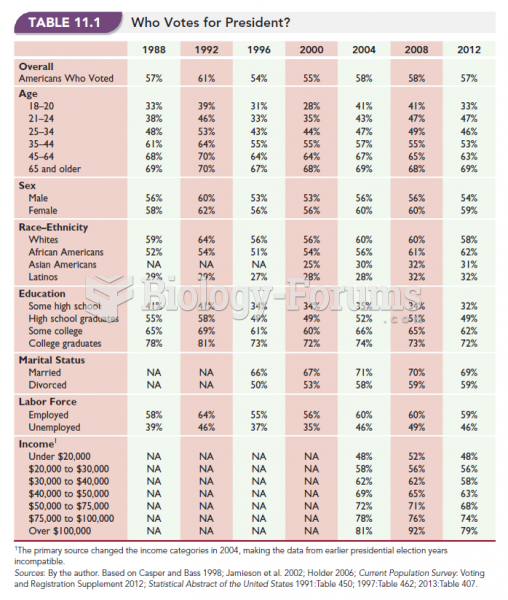Answer to Question 1
An ideal response will:
1, Describe shared powers. For example, presidents propose legislation, but both houses must pass any laws; presidents can veto a law, but Congress can override the veto; presidents can nominate federal judges, but the Senate must approve them; presidents appoint ambassadors and make treaties, but both need Senate approval; and presidents administer the executive branch, but Congress holds the purse strings.
2, Note the differences in the president's power depending on whether the government is divided or unified: When the president and the majority in Congress belong to different parties, the president has less success in promoting his agenda, but when the president's party controls both houses, he is more likely to get his way.
3,. Identify that divided government can lead to gridlock, where not much gets done, which is not efficient; however, note also that our constitutional structure prevents one branch from gaining too much power.
4, Detail that presidents and Congress tend to work together better on foreign policy issues in order to display a unified front internationally; that in situations involving vetoes, the president is likely to prevail; and that the president's popularity can encourage Congress to be more cooperative because voting against a popular president might impact them in their own elections.
Answer to Question 2
An ideal response will:
1, Explain that presidents step into situations with deep historical roots and dynamics of their own, and yet they not only react to events but also help to create events through their activities and powers.
2, Describe two examples from history, such as President Lincoln, who came to power at a time when the nation was in bitter conflict over slavery, and who used his power to emancipate the slaves, and President Franklin Roosevelt, who faced a world in which German expansion threatened U.S. economic interests, and who used his power to turn around the postGreat Depression economy through his New Deal.
3, Note that the greatest upsurges in presidential power and activity were partly a result of forces at the structural level, stimulated by events and developments in the economy, American society, and the international situation.
4, Identify that it is a combination of a president's personal qualities (personality and character) and deeper structural factors (such as foreign policy and economic crises) that determines which presidents transform the office.
5, Offer an opinion regarding the potential of President Obama to be one of the transformers. Answers will vary, but students should recognize structural factors at work during Obama's terms (e.g., the war on terror, the economic crisis of 2008, etc.) and the president's personal qualities (e.g., emphasis on international cooperation, values regarding business and the middle class, etc.).







